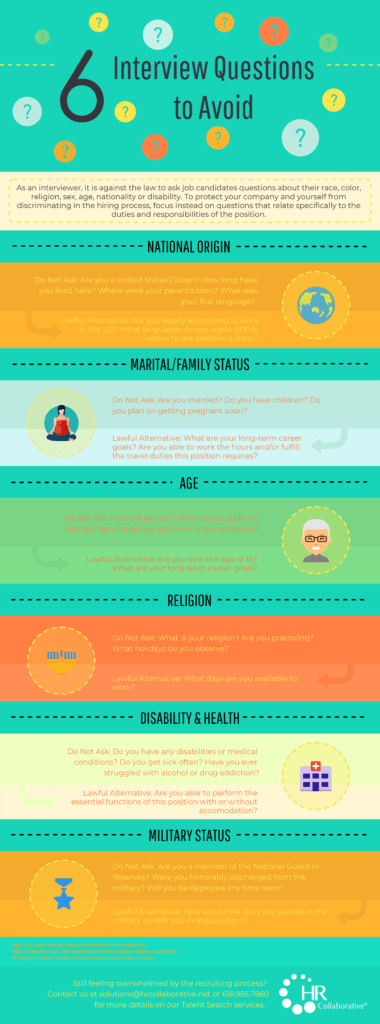How to Keep Your HR Running after Reducing Staff
Written by: Greg Collette

Many leaders have been forced to make tough decisions recently. If you’ve had to reduce staff in HR, you’re not alone. But now that the responsibilities fall on you, how do you ensure nothing falls through the cracks? Here are five actionable steps to help you keep your people operations on track.
1. Invest in your managers
You can only be in so many places at once. Delegation is a critical skill for leaders. By empowering your managers to handle people matters, it’ll save you time and increase organization-wide autonomy.
But first, you need to identify your team’s managerial strengths (and weaknesses).
Ask yourself:
- Are my leaders comfortable coaching and developing their people?
- Do they know how to lead a team in today’s new ‘normal’ vs the workplace of yesterday?
- Are they keeping the right documentation? Whether its for performance management issues or simply managing timesheets.
- Are they regularly collaborating with one another and sharing best practices?
If the answer is “no” to any of these questions, getting to “yes” should be a top priority. Investing in strong management will pay dividends. And it’s the key to amplifying your impact.
Luckily, training your managers doesn’t have to cost an arm and a leg. To start, spend time as a group working through managerial issues and discussing leadership best practices. These collaboration sessions will get your team on the same page and help them be more comfortable working together to solve challenges.
Then, to take their skills to the next level, consider enrolling them in online leadership courses or hiring a professional leadership coach.
While it may not feel like you can afford this type of training right now, the return on long-term productivity across your organization will be well worth the investment.
2. Audit your compliance systems
Falling out of compliance is a risk you can’t afford to take. Especially right now, as scrutiny on financial spending and workplace safety continues to increase.
Here are five key areas you should focus on to ensure your organization stays up-to-date with employment law:
- Wage and Hour (i.e. Labor Laws)
- Leave Management
- Equal Employment Opportunity (EEO)
- Benefits
- Health and Safety
To get started on ensuring compliance in these areas, review our People Operations Guide. It provides an overview of crucial compliance considerations during covid, and it includes links to resources for you to learn more about each topic.
3. Plan for re-entry
Returning to your job site isn’t as simple as flipping a switch. There are training and communication requirements for policy and procedural changes as we transition back to the workplace.
During the transition, your top four HR priorities should be:
- Establishing a covid-19 response team
- Developing a preparedness & response plan (check out our free template)
- Training staff on returning safely back to work (for a simple platform to deploy trainings, check out our cloud-based playbook)
- Building an ongoing communication plan (use our Return-to-Work Employee Pulse Survey to guide the concerns you need to address)
4. Prepare for an onboarding ramp-up
Once you’ve developed your re-entry plan, you’ll still need to address the volume of employees you may be onboarding (or re-onboarding) at any given time.
How will you handle the tasks associated with new hires or employees returning from layoffs or furlough? How will it be different from how you’ve onboarded in the past?
You’ll likely need to consider a partial or fully remote onboarding program. How can you still create a welcoming, first impression through a screen?
Here are a few ideas to get you started:
- Leverage the employee self-service features in your HR Information System (HRIS) or consider an online knowledge base to house your onboarding documents
- Educate new hires on your company’s communication and collaboration etiquette with a quick reference guide
- Schedule remote introduction meetings
- Host an online welcome lunch
- Establish regular virtual team huddles
- Connect new onboards with peers
- Look for virtual opportunities to showcase your company culture
5. Borrow HR talent to cover any remaining gaps
While you may not be able to afford your full HR team, taking over their responsibilities takes away from the time you need to spend on other critical parts of your business.
Borrowing talent (i.e., outsourcing) can provide you a temporary solution without the high costs of benefits and turnover. As you assess your needs (and limits), consider what HR work is worth your time managing and what’s best to outsource.
Individual HR service providers
When looking for HR service providers, first understand your specific needs. The world of HR encompasses a wide range of competencies. Below is a breakdown of common areas of expertise from individual service providers.
If you are most concerned with day-to-day operations, seek out an HR Generalist. HR Generalists are professionals that tend to be well versed in several foundations of HR, such as recruiting, benefits, employee relations, and compliance.
If you have specific, highly-technical needs, consider an HR Specialist that focuses on that area. Often, HR Specialists are experts in payroll and benefits administration, onboarding, HRIS management, or employee relations.
If your primary need is talent acquisition, a recruiter will be your best bet. They will know how to network to find the right talent for your organization. And they often have access to recruiting tech stacks that can significantly accelerate the hiring process.
When considering any of the above consultants, look for ones with an active certification. SHRM-CP or PHR are two of the most recognized.
Comprehensive HR services providers
If you have a range of HR needs, sourcing and managing individual providers can become a labor-intensive process. Instead, consider working with a comprehensive HR provider (like us, HR Collaborative!).
Comprehensive HR service providers can address any of the above needs, while also spotting other areas you may not have considered, ensuring nothing gets dropped. And thanks to their wide-range of on-staff expertise, if a new challenge arises, they’ll be able to quickly address it.
One big note: when assessing an individual or a comprehensive HR service provider, make sure your cultures align. You don’t want to embed someone into your people operations who doesn’t share your values or vision.
Wrapping up
Having to reduce HR staff, on top of everything else happening right now, can seem overwhelming. But by focusing on maximizing the resources you still have available — from managers to playbooks to comprehensive support — you’ll be able to ensure continued focus on your most valuable assets: your people.
Need help right now?
Here at HR Collaborative, we’re a comprehensive HR services provider that walks alongside purpose-driven leaders to create thriving workplaces. With over 400 years of HR and business expertise, we can help you overcome whatever people challenges you’re facing.
Need help right now? Book a free 30-minute consultation with us. No sales. No obligation. Just a discussion with one of our people strategists. Schedule here.
Share This Article

































































































